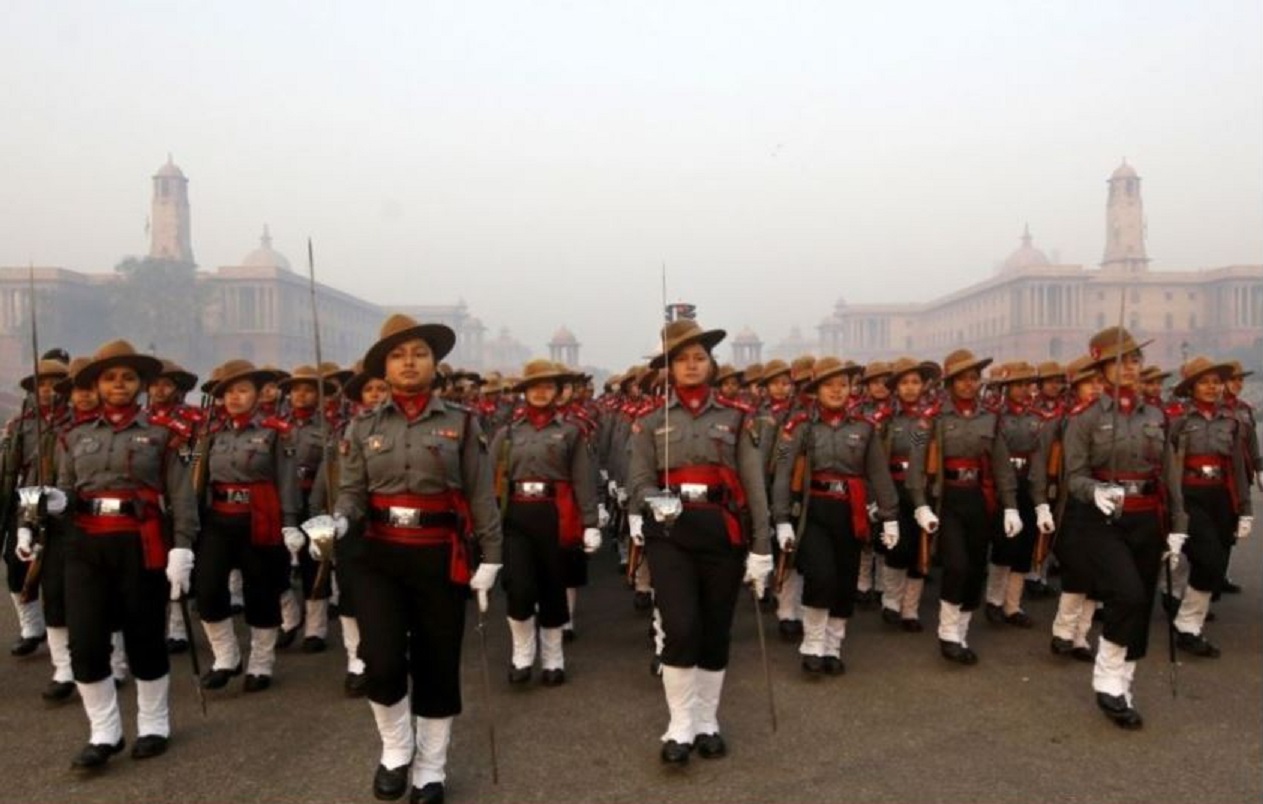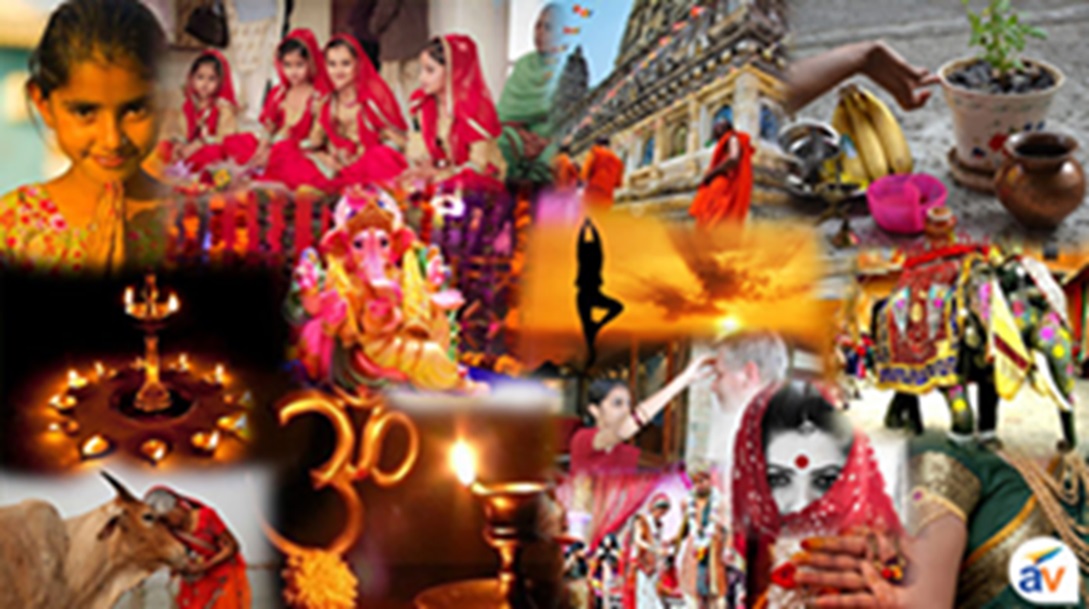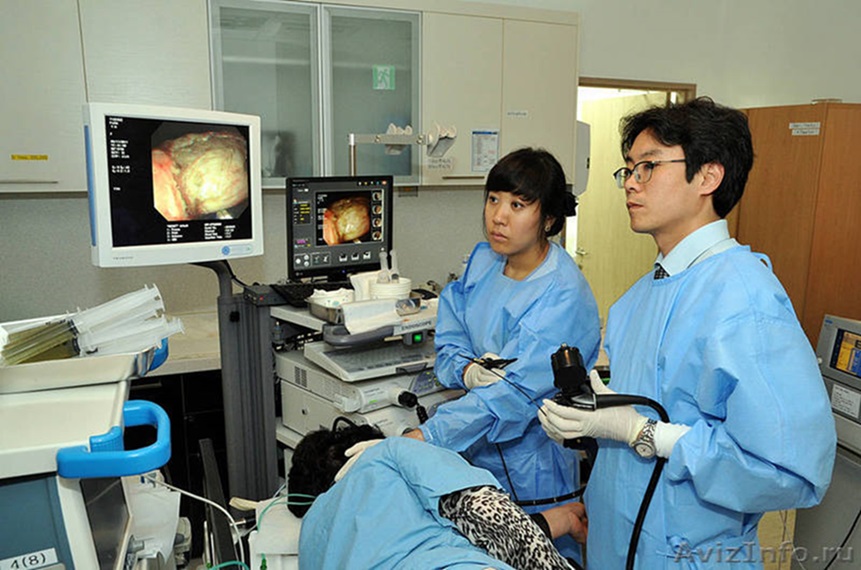The oppression of females has been going on for more than a millennium, especially in India. Measures to improve their status in India have been recorded for about 150 years. It started with Raja Ram Mohan Rao in Bengal against ‘Sati’, dowry and child marriage. Since then there have been a number of crusaders in different parts of the subcontinent under different rulers. Many laws were framed by the British rulers against social ills, some of which continue till date, albeit with amendments.
After India’s independence, the first general elections were held in 1950-51. It is for the first time, adult women of all categories were allowed to vote. This was an important step for Indian women to realise that their vote was ‘equal’ to the men’s vote. After this, in the last 70 years, thousands of female-centric laws, plans, projects, schemes etc have been started by the governments at the Centre and State. Likewise, many NGOs dedicated to uplifting females at different stages of their life from womb to tomb have been started and some are doing very well. The sheer number of laws, plans, NGOs etc is mind-boggling, yet I have made an attempt to enumerate the important ones.
Laws
Laws are made by the central government but enforcement i.e ‘Police and Public order’ responsibility lies with the respective state governments. The laws are enumerated below.
- Maternity benefits act – 1861
- Special marriage act – 1954
- Immoral Traffic (Prevention) Act – 1956
- Dowry prohibition act – 1961
- Indian divorce act – 1969
- Medical termination of pregnancy act – 1971
- Equal remuneration act- 1976
- Indecent representation of women ( Prevention) act – 1986
- Commission of Sati prevention – 1988
- Protection of women from domestic violence – 2005
- Prohibition of child marriage act – 2006
- Protection of children from sexual offences- 2012
- Sexual harassment of women at workplace- 2013
- Juvenile justice (care and protection) – 2015
Besides, below-mentioned sections of Indian Penal Code were also amended:
- Matrimonial cruelty amendments under IPC Section 498 A.
- Criminal law amended to include Acid attacks.
- Decriminalization of adultery.
- Triple Talaq bill.
- Equal rights to the paternal property for the girl child, an amendment of Hindu succession bill of 1956 was clarified in 2005 and 2020 by the Supreme Court.
Government Initiatives
These encompass various stages of pregnancy, childbirth, preschool and school children of both sexes. Health, nutrition, and equipment are being provided. Important female focussed initiatives taken in the last decade are as follows-
- Beti Bachao Beti Padhao in 100 districts.
- Mahila E Haat – an online marketing platform for women
- Mahila Shakti Kendra- for the empowerment of rural women of 115 most backward districts.
- Working Women hostel with daycare of children, 890 hostels established.
- STEP or Support to Training and Employment Program for women.
- Sukanya Samridhi Yojana, Savings scheme for the girl child.
- Early Childhood Care Development is for the holistic development of children.
- Reservation for women in a number of central government jobs like the Police force and opening of jobs in the Armed forces and Central Para Military forces is another important step. However, the reservation of one-third seat for women candidates in the Parliament still hangs fire.

SLt Shivangi – First woman Pilot of the Indian Navy. PC. ANI
State Government Initiatives
All the state governments and the government of Union Territories have announced various plans and measures for women. These include :
- Provision of laptops and cycles to the girl child or television set or even gold at marriage for the poor brides.
- Facilities of separate toilets for girl students in school and free sanitary pads are recent measures to ensure that girls attaining puberty don’t drop out from schools.
- Old-age pension for widows is given by most states.
- States have also made reservations of women candidates for elections for local bodies of cities, towns and villages.

Tribal girls at primary school. PC. IndiaToday.in
Non Government Organisations
A large number of NGOs are working for uplifting females of all ages and of all strata including the women prisoners. Many are small and function in small areas/ cities. Only the large ones are enumerated here.
- Self Employed Women’s Network
- Snehalya for sex workers and their medical issues
- Oxfam for girl child education
- Centre for social research for gender equality
- Swaniti a bridge between the elected and women voters in rural areas.
- MAKAM or Mahila Kissan Adhikari manch for landless women farmers.
- Vimochana for jobs, medical care and education.
- Janodaya for women’s development especially prisoners.
- CARE, CREA and CRY are large international NGOs active in India which dedicate themselves to gender issues child education especially of the girl child.

First Indian Woman auto driver since 1988 PC The Better India
All the above-mentioned measures do empower the females in the country but are these enough? The answer is no; for the simple reason that the attitudes of the community and of the individuals need a holistic change. Community-level initiatives taken for women empowerment would be discussed in the next part of the article.
Title image courtesy:all-women-assam-rifles-contingent-march-past-rajpath-on-repulic-day-2019-pc-outlookindia
Disclaimer: The views and opinions expressed by the author do not necessarily reflect the views of the Government of India and Defence Research and Studies








